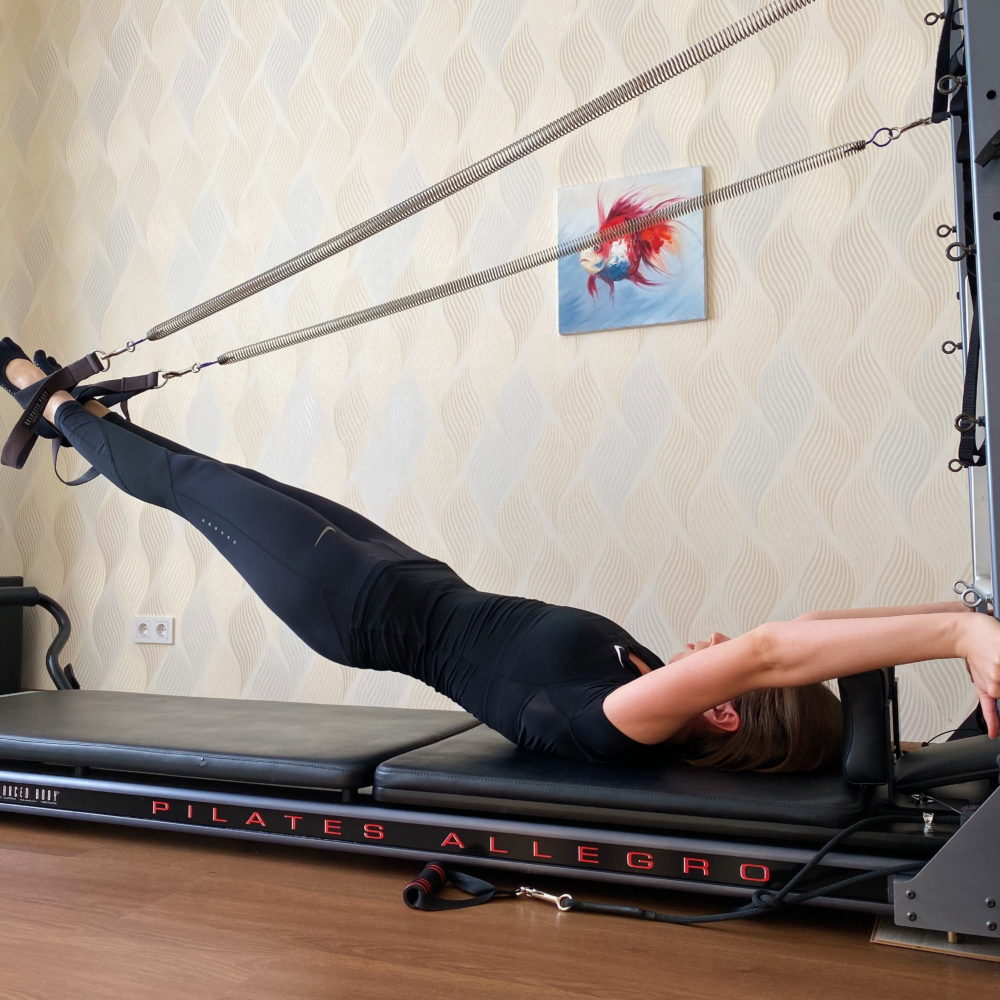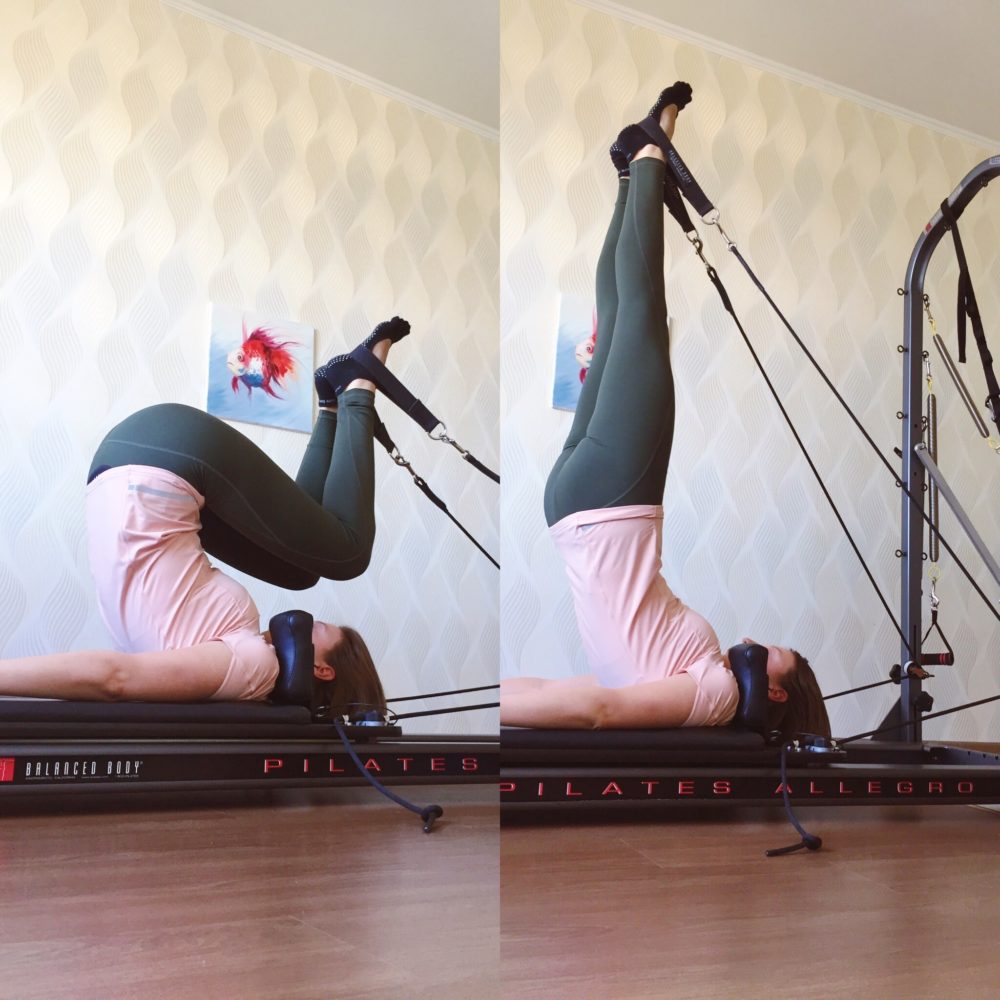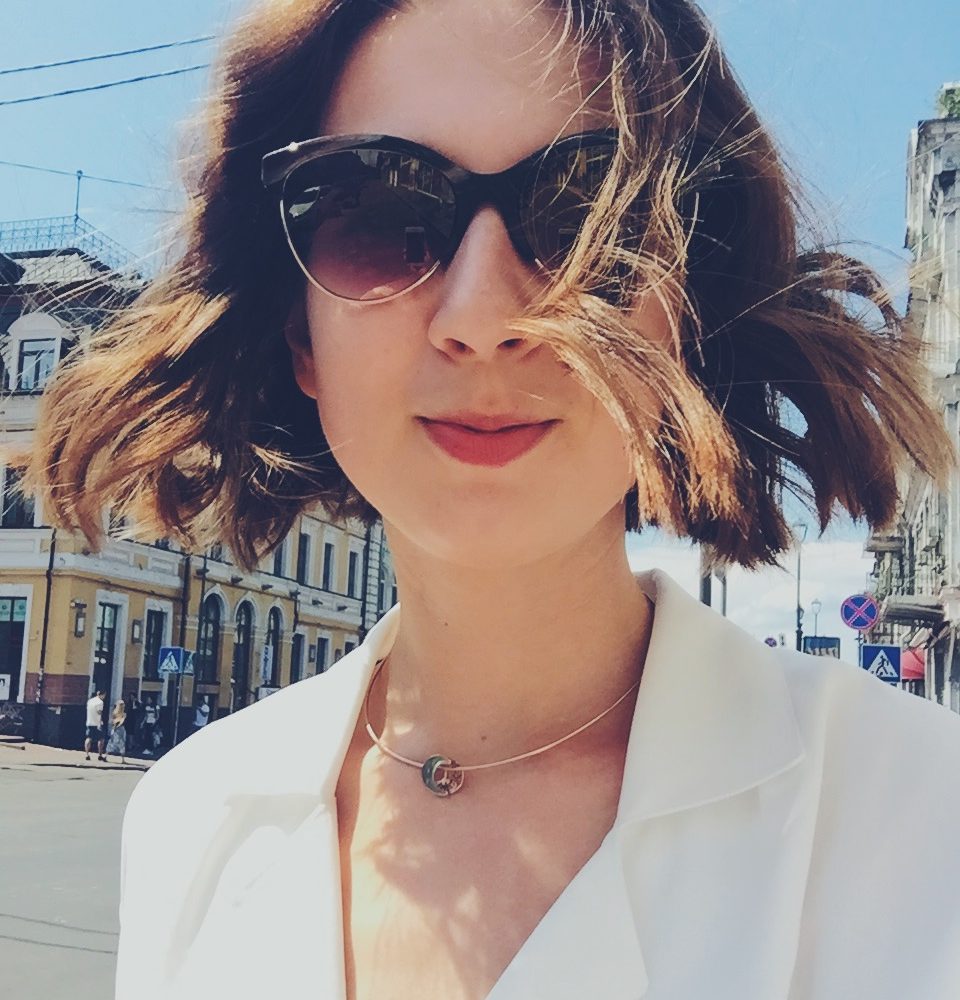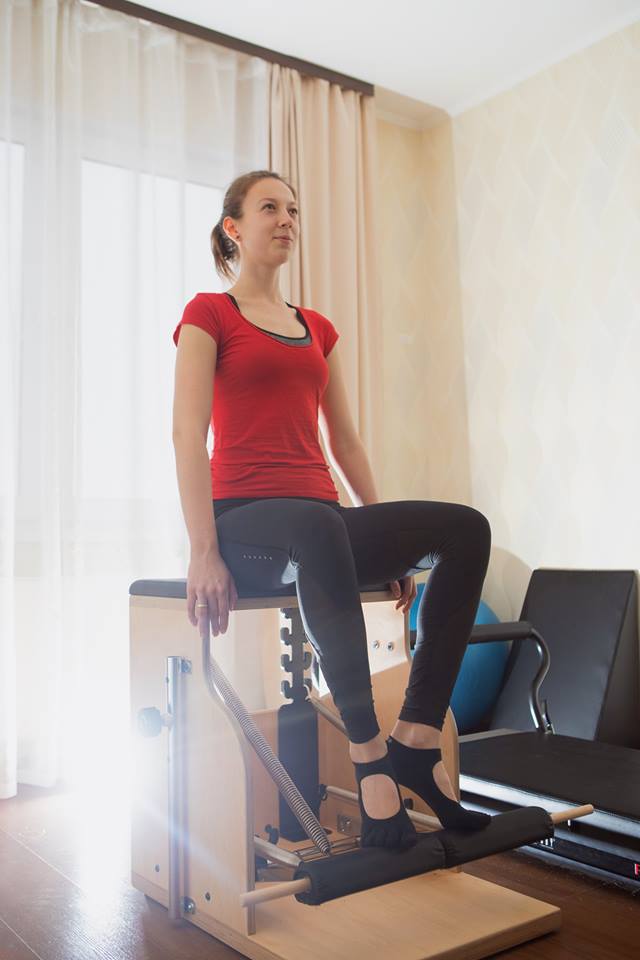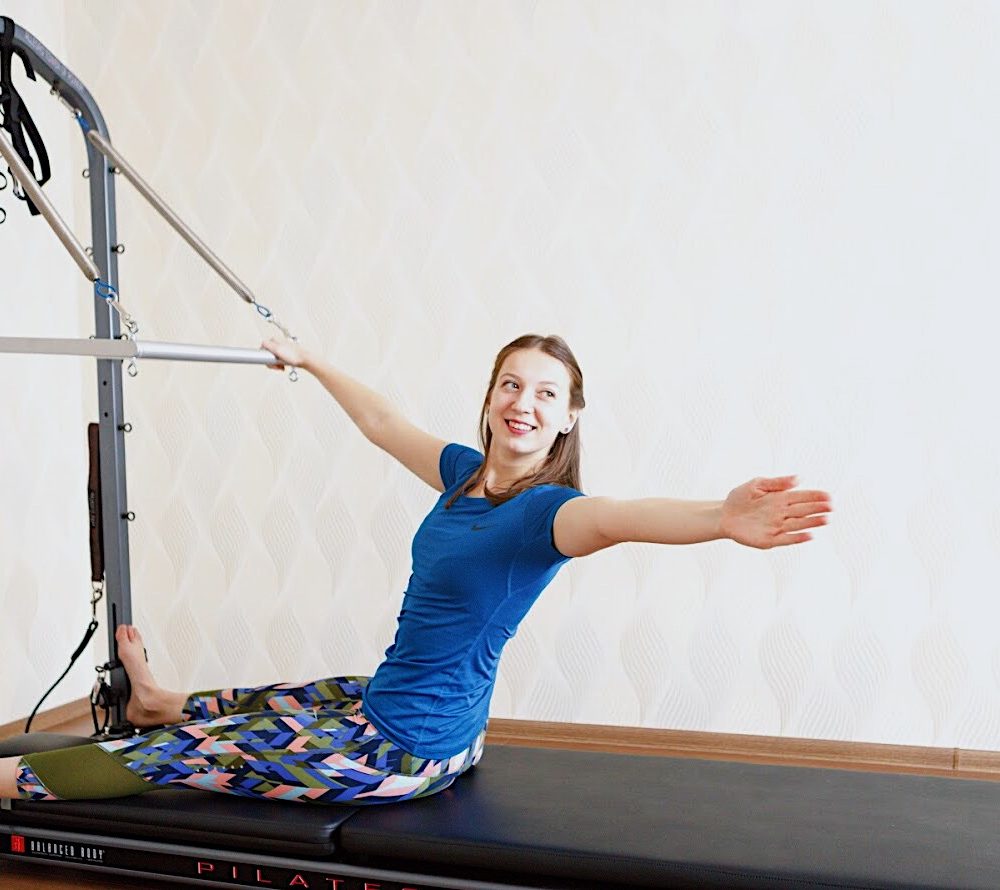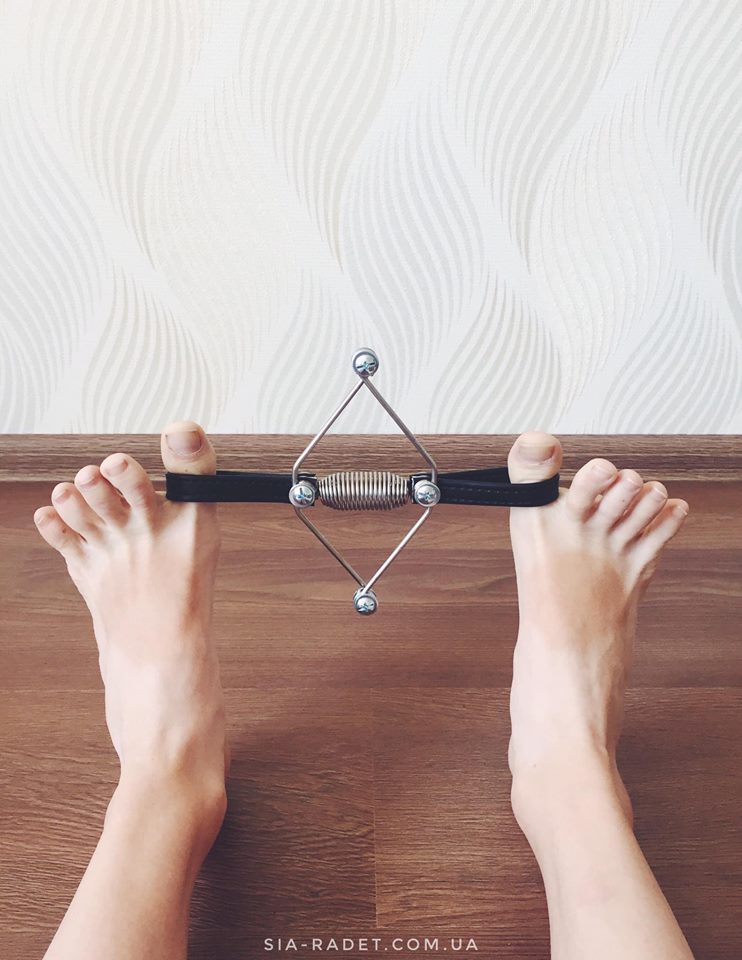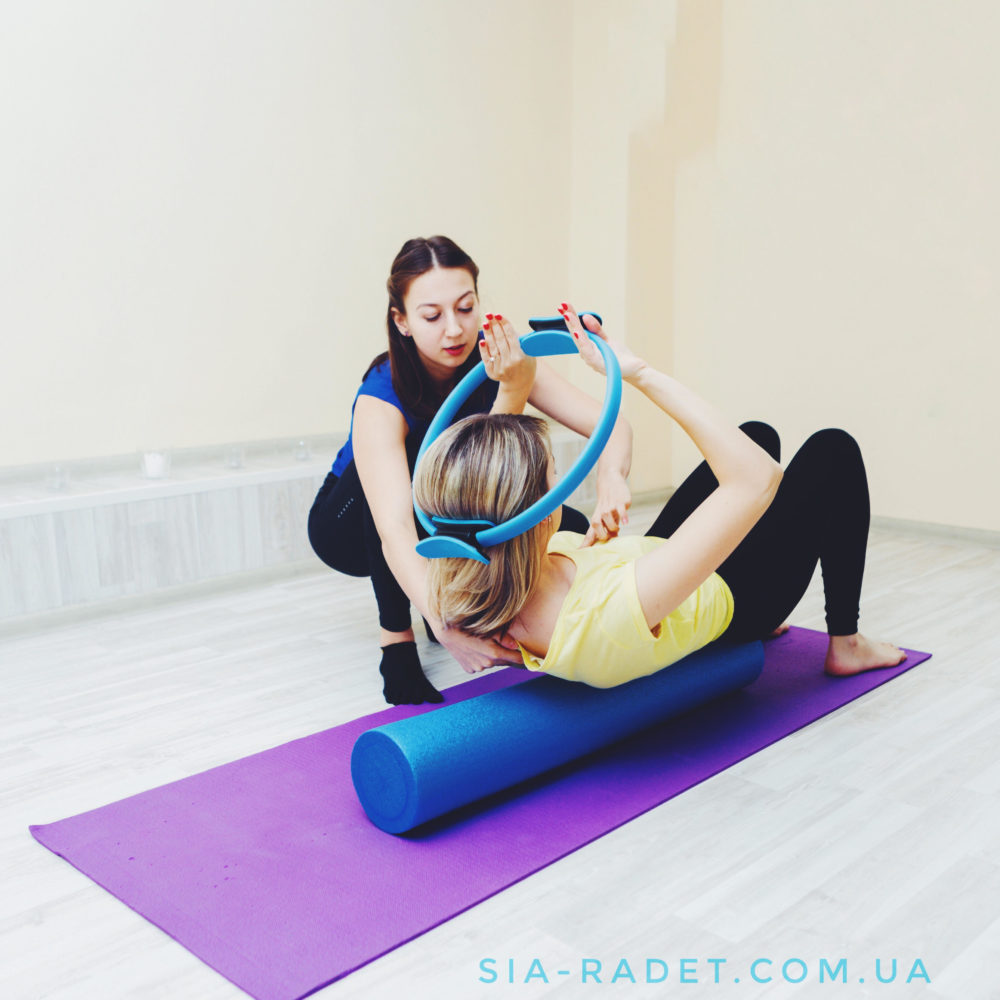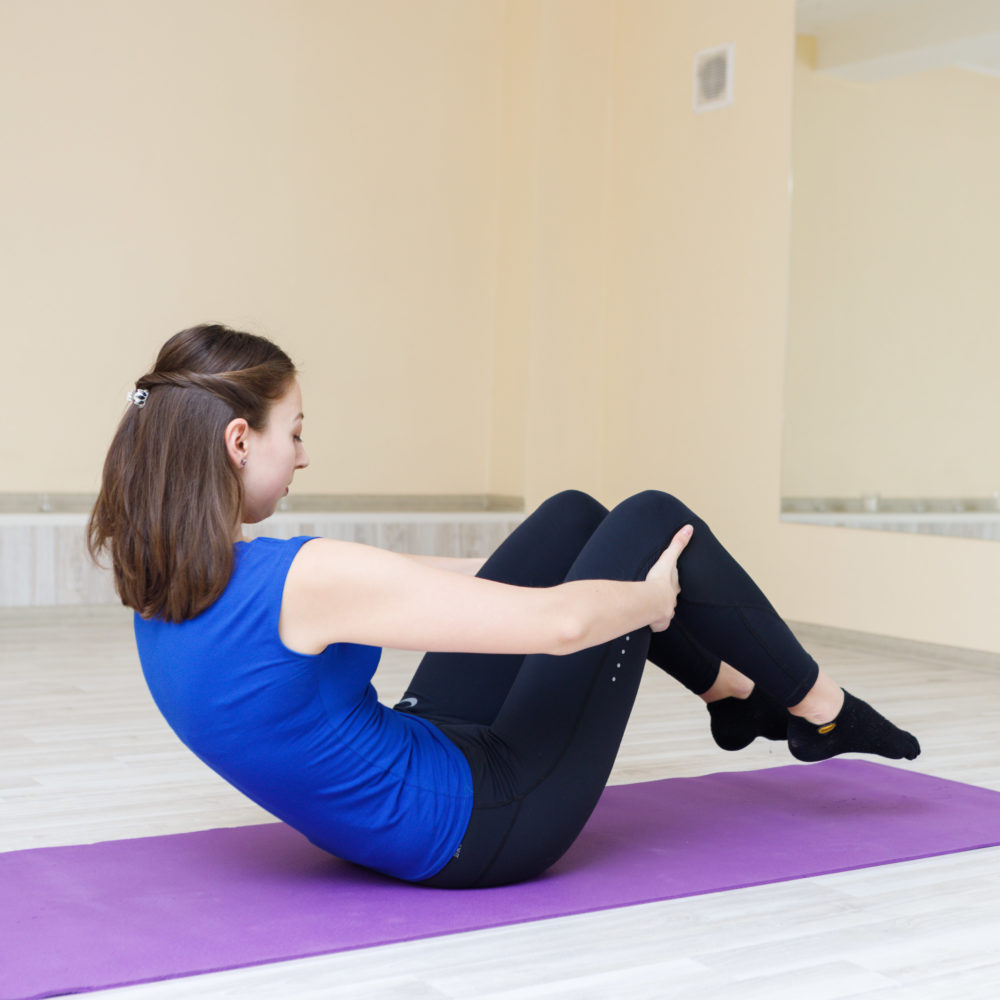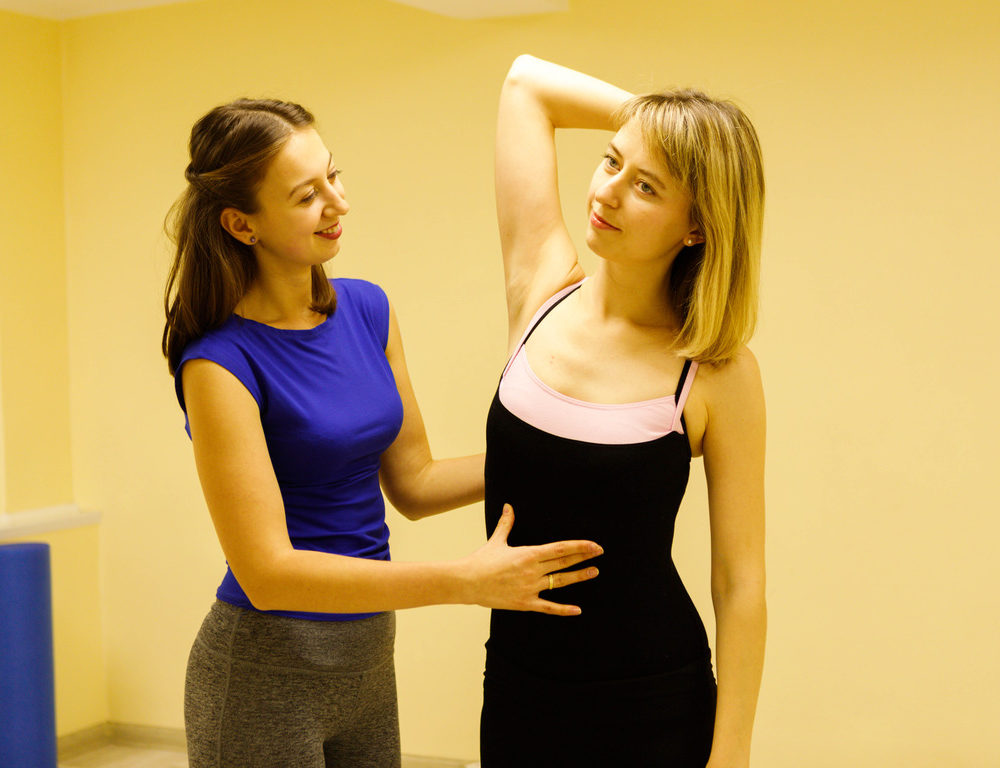FAQ on pilates

As a Pilates teacher, I am asked different questions, and for some of them not everyone is ready to receive an answer. Usually, you need time to answer this question sincerely to yourself.
What muscles are included in this exercise? What are we currently working on (shake, turn on, stretch)? – Naturally, the main thing that we focus on is to include deep musculature and make all the functional movements for each joint. But every exercise of the Joseph Pilates method affects the whole body, achieving many goals simultaneously. And it’s not just about the muscles, but about the inclusion of the nervous system, the impact on the work of organs, the development of physical skills, slowing the aging process, etc. Moreover, every client in each exercise achieves its goal, which “today” can fundamentally differ from “yesterday”.
How to do this or that exercise? But rarely, who asks: “WHAT am I doing now? WHAT does my body do?” If you trust your body, it will show you how to do it yourself. In the Pilates method, there is a repetitive repertoire, in which there is a clear advantage. Repeating the exercise over and over again makes it familiar to the body. This helps to relax the nervous system and narrows the focus of attention only on what happens to your body.
How often do you need to practice? – It’s worth every day, because, the way you feel the body today, will never be how you feel it tomorrow. Pilates is absolutely compatible with all sports and fitness. The daily pilates practice is a kind of check-in with your body. It’s a way to reveal your habits, your own features, the way to study your body and your thoughts. The body always strives after thoughts. And even if you can not focus on the exercise, you can find out what’s bothering you and what you think about without stopping. I try every day, despite the schedule, for fatigue, a lot of cases, laziness, etc. First of all, because without practicing today, it will be more difficult for me to start a dialogue with my body tomorrow. Let it be a few minutes of breathing and lie down on the foam roller at 11 pm, than nothing at all.
When will the result be? “Usually we’re chasing.” We need to quickly lose weight, quickly “fix” the body, get rid of the pain, urgently pump the ass or be sure to make special pose in a month. Pilates, like any other conscious physical practice – this is progress, most often a lifetime. Pilates is to take responsibility and become healthier and happier with each succeeding class. And once you concentrate on the process, as soon as you get pleasure from it, then all results will come: healthy posture, a sense of lightness and the desire to be smooth and “long”, calmness, increased mobility in the joints, graceful movements and much more.
So what should I do with my coach? – All Pilates coaches are trying to ensure that their clients are independent. We teach clients the repertoire: from the names and sequence of exercises to the technique of exercises and modifications for their particular body. And even if you have been practicing for many years and successfully practice on your own, coming at least sometimes to train with a coach is a must-do. Even the pilates masters visit trainings. After all, the body changes day by day, year after year and it is professional opinion from outside that can help to correct the practice and make it more effective.
Why do you show so little? First, it is dangerous for the coach. It does not have the ability to combine as many actions: properly alignment, show quality, observe the client, while still telling and correcting others. If he does this every day, year after year, he will not last long, at least healthy. Secondly, the demonstration reduces the client’s involvement in himself, it distracts from the sensations and concentration. Thirdly, each person has features of the structure of his body and exercise from the outside can be treated not as it should be in reality. The coach can show some complicated elements or completely incomprehensible ones, but for the most part, we work with a voice.
Author – Anastasiia Vekua
